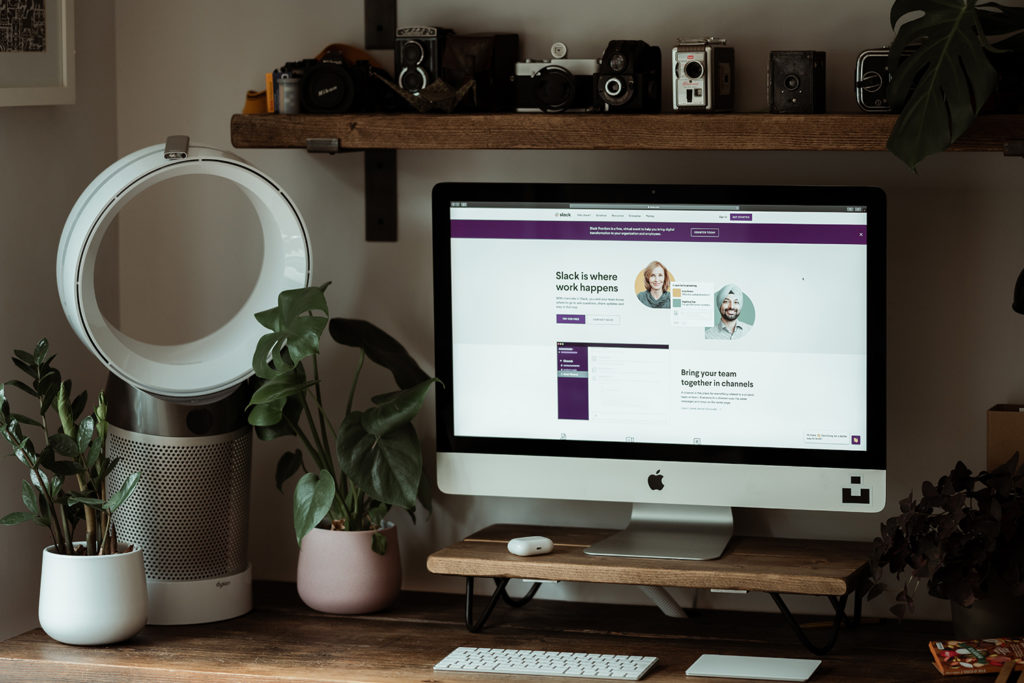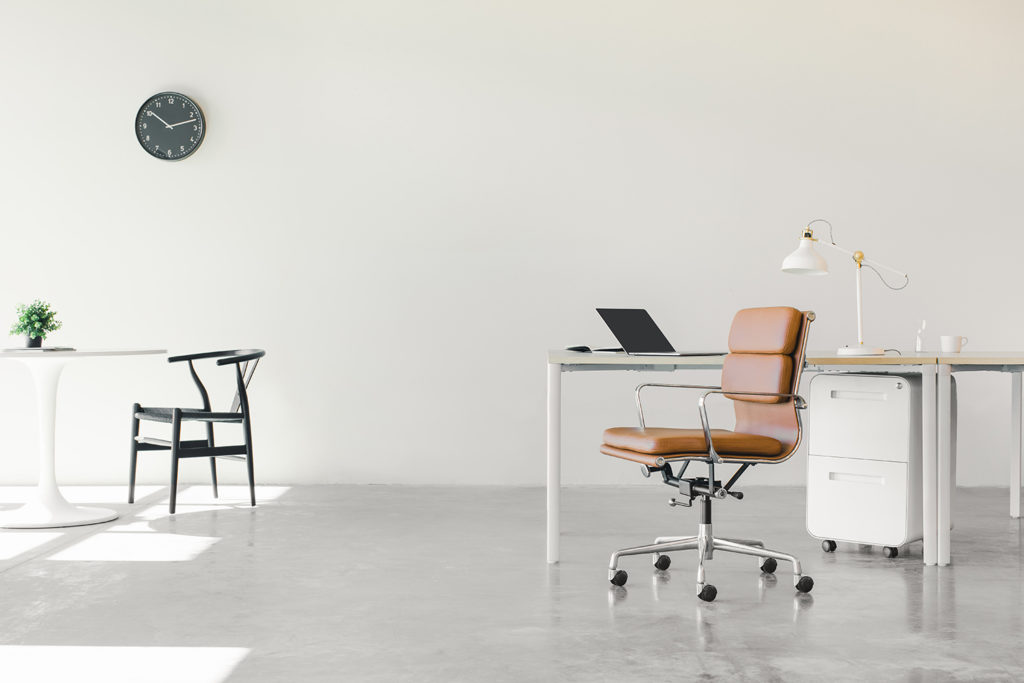Some of the links in this post are affiliate links. This means if you click on the link and purchase the item, we will receive an affiliate commission at no extra cost to you. All opinions remain our own.
How to improve our Indoor Air Quality (IAQ)?

Indoor Air Quality matters
As time progresses, we are more and more alarmed by the heightened state of pollution. We often focus our attention on what happens outside when the reality is that the polluted air inside our homes and offices is much more harmful to our health.
Did you know that 1 in 12 people have asthma?
The International Center for Disease Control and Prevention revealed that most of the causes of this disease involve the air we breathe inside our homes and offices.
For example, pollutants such as pet hair and dust mites that we have in our beds, cause inflammation of the bronchial tubes thus aggravating the problems.
Although many of us are used to vacuuming our beds and floors, we aren’t used to “vacuuming” our air! This is why we include air purifiers into our design budgets to eliminate even more harmful particles for our health.

Indoor air can be five times more polluted than outdoor air.
Indoor air does not have as much circulation as outdoors and many pollutants that we introduce from outside are concentrated in a closed space. Until a few years ago, there was not a lot of solutions on the market to improve indoor air quality. At least without a massive overhaul of a homes infrastructure.
Air purifiers.
Using air purifiers throughout a space will reduce the chances of respiratory problems including asthma and even some neurological problems.

Air purifiers with HEPA technology filters can remove 99.7% of suspended particles in indoor air. With this technology, we can considerably improve our health.
One of the very first improvements we notice is the quality of our sleep.
There is a variety of air purifies with HEPA technology, below are a few we recommend.
Preventing Pollutants in the first place
Using air purifiers is a great solution, but what about ways to prevent bringing pollutants into the home?
It’s logical to think that by closing doors and windows we could decrease the amount of indoor pollution, but on the contrary, no indoor air circulation for a prolonged period of time increases indoor humidity levels, providing the perfect breeding ground for dust mites.
In a recent investigation by the National Library of Medicine in the United States, it was revealed that exposure to high levels of particulate matter, carbon monoxide, and nitrogen dioxide increases the risk of dementia and Alzheimer’s disease. So keeping spaces ventilated can be beneficial for your mental and physical health as well.
Don’t forget that you also have to be careful when doing your cleaning routine at home. Many common household cleaners contain toxic chemicals such as ammonia, chlorine, and phthalates. Exposure to these chemicals in small amounts may be harmless, but constant exposure can lead to serious such as cardiovascular or neurological disorders. We recommend cleaners that have 0% VOCs, synthetic fragrances, dyes, and harsh fumes.
You wouldn’t think that using non-toxic cleaning supplies is a part of a healthy lifestyle, but it definitely is!
All of these elements are included in our process of creating a space to help you thrive.
Get in Touch
We’ll see how we can help with your project